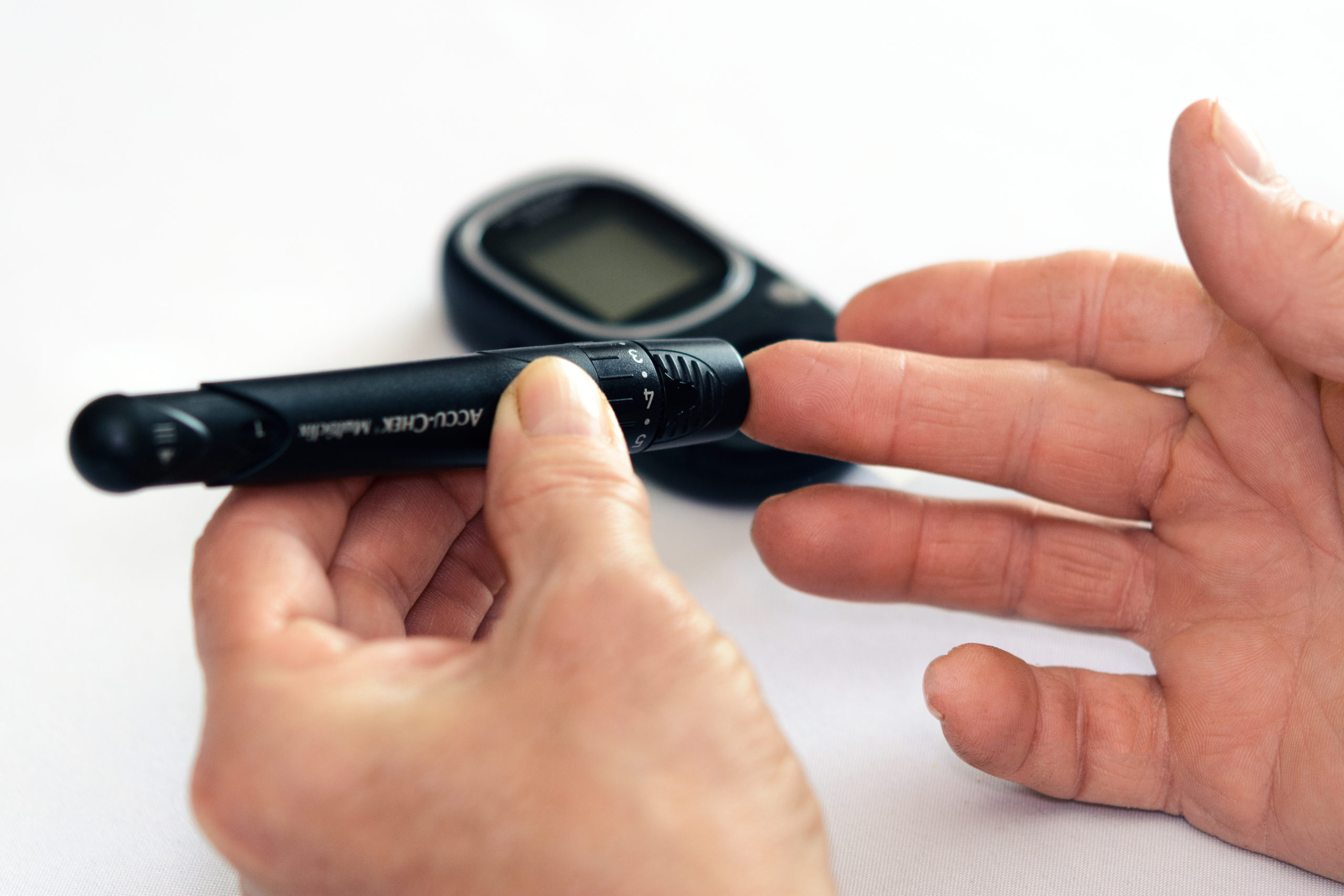Patients at Kaiser Permanente Northern California who got their new statin prescriptions from mail-order pharmacies showed better cholesterol control, in the first three to 15 months after starting therapy, than patients using walk-in pharmacies, according to a Kaiser Permanente Northern California Division of Research study that appeared in July in the online version of the Journal of General Internal Medicine.
According to the study, mail-order pharmacy users showed greater adjusted rates of LDL-C control across all gender and race-ethnicity groups. After adjusting for demographic, clinical and socioeconomic characteristics, as well as for potential unmeasured differences between users of walk-in compared to mail-order pharmacies, 85 percent of those using mail-order achieved target cholesterol levels compared to 74.2 percent of those only using walk-in pharmacies.
While previous studies showed that mail-order pharmacy use was associated with greater medication adherence; according to Julie Schmittdiel, PhD, a Division investigator and lead author on the paper; this is the first study to ask whether mail-order pharmacy use may also be connected with improved cardiovascular risk factor outcomes.
“While the findings of this study should be confirmed in a randomized controlled trial, they provide new evidence that mail-order pharmacy use may be associated with improved care and outcomes for patients with risk factors for cardiovascular disease,” Schmittdiel said. “Though mail order may not be right for all patients, this study shows that it is one possible tool in the broader health care system-level toolbox that can help patients meet their medication needs.”
Study investigators looked at a population of 100,298 Kaiser Permanente Northern California members who were new statin users during a three-year period, from Jan. 1, 2005 to Dec. 31, 2007. Patients were considered new statin users if there was no recorded statin use in their medical records before their first prescription date. Study data came from automated pharmacy records.
Investigators say better access to medications may explain why mail-order pharmacy users showed greater adherence to correct medication use. Filling prescriptions by mail eliminates the need to travel to brick-and-mortar pharmacies, making it easier and more convenient for patients to keep their prescriptions current.
Researchers used additional statistical analyses to mitigate possible selection biases, for example, that patients using mail-order services may be more motivated to look after their health than those filling prescriptions the traditional way. However, all their analyses – including those used to account for the possible bias described above – showed a significant positive association between mail order use and cholesterol control.
This study is part of an ongoing body of work analyzing how mail-order pharmacy use affects clinical outcomes and seeking to understand how health care systems can help patients optimize medication use while also maintaining patient choice and safety.
“It’s exciting to do this research here because Kaiser Permanente owns its own pharmacies, and through kp.org, its own mail-order delivery system,” said Schmittdiel. “This gives Kaiser Permanente the kind of integration that makes it possible to study the entire system. Our findings open the door to thinking about how health care systems like Kaiser Permanente can make taking medications easier and more convenient for patients.”
Schmittdiel was also an author on a related previous study, in the January 2010 issue of American Journal of Managed Care, in which researchers from the Division and the University of California, Los Angeles, found that patients with diabetes, high blood pressure or high cholesterol who filled prescriptions by mail were more likely to take them as prescribed than patients using walk-in pharmacies.
Additional authors on the Journal of General Internal Medicine study include Division investigators Andrew J. Karter, PhD; Wendy Dyer, MS; Melissa Parker, MS; and Connie Uratsu. Other co-authors include James Chan, PharmD, PhD, with the Kaiser Permanente Pharmacy Outcomes and Research Group and O. Kenrik Duru, MD, MSHS, with the UCLA David Geffen School of Medicine.
Funding was provided by the Centers for Disease Control and Prevention (Division of Diabetes Translation) and the National Institute of Diabetes and Digestive Kidney Diseases.





This Post Has 0 Comments